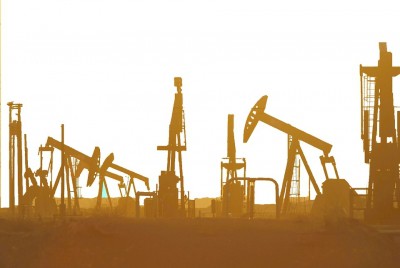By Aakanksha Khajuria
New Delhi, Oct 15 : With a massive spike in air pollution in Delhi and its surrounding regions, experts believe that the country needs to incentivise public transport, disincentivise personal vehicular transport and have a basket of cleaner fuels in a bid to mitigate the pollution emanating from the automobile sector.
Road transport constitutes a major source of greenhouse gas emissions. In India, the transport sector is the third-most greenhouse gas emitting sector, with the major contribution coming from road transport.
Speaking to IANS, Suyash Gupta, Director General of Indian Auto LPG Coalition, stressed on the need to invest in a wide range of alternative options to power the transport sector. “Much like DTC buses in Delhi shifted to cleaner CNG twenty years back, private vehicles need to shift to cleaner alternatives.”
He said that the country must ensure that over the next decade, it manages to phase out a significant portion of petrol and diesel-powered vehicles, including two-wheelers, in favour of cleaner and cheaper gaseous fuels such as Auto LPG.
Auto LPG, a mix of propane and butane, is a cleaner automotive transport fuel than traditional fuels. The environmentally-friendly and economically-viable fuel can help in better mobility while minimising the impact of transport on human health and the environment.
Unfortunately, despite significant price advantage over petrol and diesel and practical benefits, Auto LPG has achieved only marginal success in India, he said.
According to Gupta, another way to reduce the pollution is to switch to electric vehicles but it has several ifs and buts.
He maintained that a single technology cannot solve the air pollution challenge, especially if the technology is at least 10-15 years away from commercial viability.
“The challenge of creating a mammoth network of charging infrastructure is a major one. Until sufficient charging infrastructure is in place, electric vehicles will always be clouded with the issue of range anxiety,” he said.
Gupta added that with almost 68 per cent of electricity being thermally produced, the so-called ‘clean’ electric vehicle may not really be as clean. “That is why it is important to invest in a wide range of alternative options to power the transport sector rather than putting all eggs in the electricity basket.”
“Electric Vehicles are still a distant future and we cannot just wait for them to become widely usable and continue with the current levels of pollution. We desperately need immediate and near-term solutions to clean up the urban air,” he said.
Rupa Nandy, Head of International Association of Public Transport (UITP), meanwhile, contended that a clean and green traffic jam would still be a traffic jam and hence, the overall focus of city and state authorities should be to strengthen and augment public transport and promote it as much as possible.
“The government should also work on disincentivising personal vehicular modes of transport. Better walking and cycling infrastructure is also required to reduce dependency on personal transport. The government should also work on making the last mile connectivity of public transport better to make journeys seamless,” she added.
(Aakanksha Khajuria can be contacted at aakanksha.k@ians.in)
Disclaimer: This story is auto-generated from IANS service.

